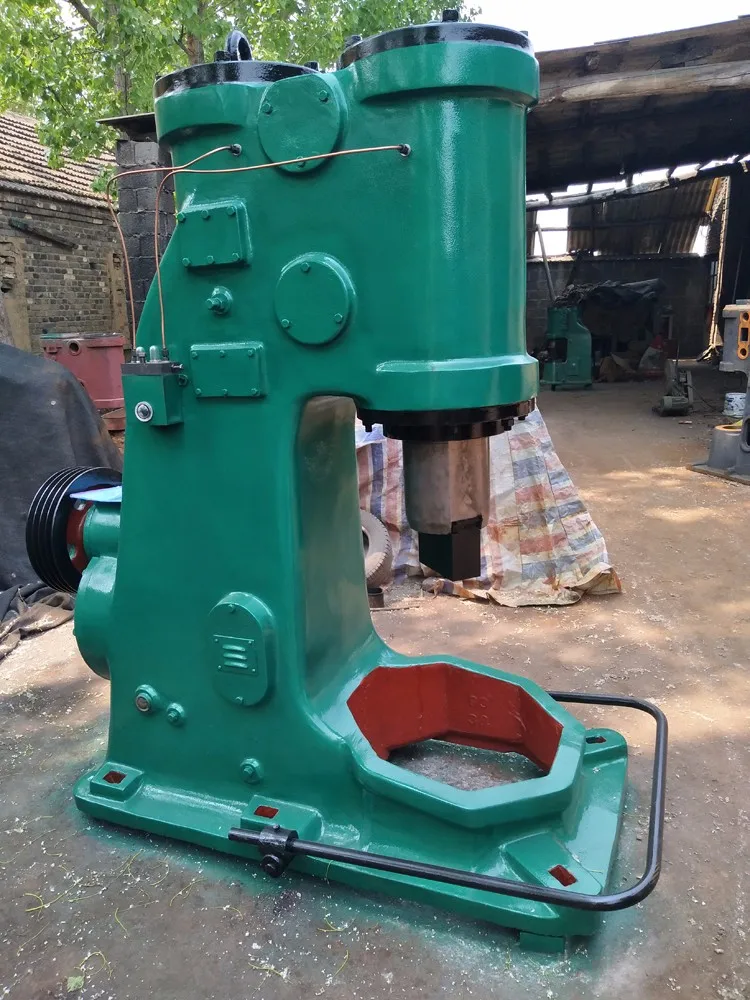

Today’s power hammers fall into one of three categories: mechanical, utility, and self-contained. Some were steam-powered, but electrical motors drove the majority of them.

However, the downsizing trend continued, and the first part of the 20th century saw power hammers (see Figure 1) that were small enough to fit into the average smithy or fabrication shop. The earliest specimens were big boys, to be sure, used mainly for forging massive parts for locomotives and ships. By the mid-1800s, the power hammer totally eclipsed the trip hammer. While no one man is credited with its invention, the power hammer began to find increased use across industrialized Europe around the end of the 18th century. This meant that a power hammer could deliver the power of a trip hammer at a fraction of the size and weight. It was an innovation that multiplied the hammer’s oomph by accelerating its downward motion. The advent of the true power hammer solved the weight-lifting problem. So most trip hammers, except for a few wonder-of-the-world oddities, were kept to reasonable weights that wouldn’t exceed the capacity of the average steam engine, water wheel, or yoke of oxen or peasants. The other part of the equation was that you still needed a way to lift it. In theory, at least, there was no limit to how heavy a hammer could be. The flaw in this system was that the power of these early power hammers was directly related to their weight. Typically, steam- or water-powered wheels provided the horsepower to raise the hammer back to its high position. Some of these hammers were immensely heavy.
#POWER HAMMER SERIES#
A series of mechanical pulleys, gears, and cams hoisted the heavy hammer aloft, from where it was released. Of course, those were more correctly called trip hammers, and they worked like hefty blunt guillotines. Power hammers were part of Europe’s industrial landscape as early as the 12th century. Records indicate that the Chinese employed them as early as 200 B.C. The idea of a power hammer goes back to antiquity. You can use one for a forge weld, or even as a quick-release vise for twists. (Yes, they can be that delicate.) They hit hard and accurately. It does the work of two stout men with 5-lb. Then there’s the power hammer’s practical side. It’s loud and powerful, while also emitting a whiff of implied danger. There’s no mystery to the allure of a power hammer. They just happen to be smaller today than they were several hundred years ago. Power hammers are among the oldest metal fabricating tools known to man.


 0 kommentar(er)
0 kommentar(er)
